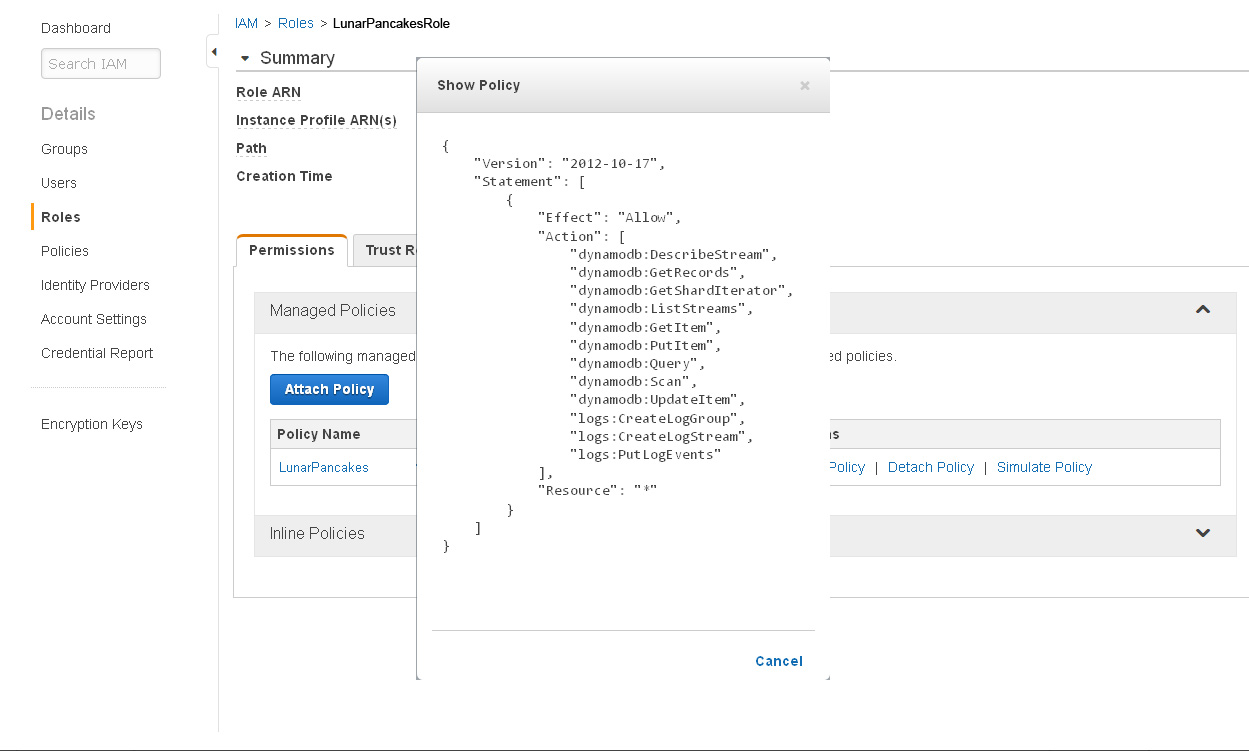
- JAVASCRIPT CLIENT UI FOR LOCAL DYNAMODB HOW TO
- JAVASCRIPT CLIENT UI FOR LOCAL DYNAMODB INSTALL
- JAVASCRIPT CLIENT UI FOR LOCAL DYNAMODB CODE
- JAVASCRIPT CLIENT UI FOR LOCAL DYNAMODB WINDOWS
provisioned-throughput ReadCapacityUnits = 1,WriteCapacityUnits = 1 ` key-schema AttributeName =City,KeyType =HASH AttributeName =Date,KeyType =RANGE ` attribute-definitions ` AttributeName =City,AttributeType =S ` AttributeName =Date,AttributeType =S ` Run aws configure from the command line and provide fake keys, as shown below. This local version requires any random string as its AWS Access Key ID and Secret Access Key. Once installed, to start accessing the DynamoDB, we need to configure the credentials.
JAVASCRIPT CLIENT UI FOR LOCAL DYNAMODB INSTALL
It makes installing software a breeze, including awscli → choco install awscli
JAVASCRIPT CLIENT UI FOR LOCAL DYNAMODB WINDOWS
If you are on the Windows platform, you can use Chocolatey, which is a Package Manager for Windows. The AWS Command Line Interface, also called AWS CLI is an open-source tool to interact with AWS services from within the command-line shell.Ĭheck out the Installing AWS CLI docs to get it set up on your local machine.
JAVASCRIPT CLIENT UI FOR LOCAL DYNAMODB HOW TO
Let’s look at some of the common ways and learn how to access the local DynamoDB instance we just set up. All ways of accessing the AWS instance also works for the local. The Local DynamoDB is very similar to the instance available in AWS infrastructure. NET and rich support for POCO's smoothes out the impedance mismatches to enable an type-safe, idiomatic, productive development experience.The Docker instance is up and running as shown below in the Docker Desktop UI. Whilst PocoDynamo doesn't save you for needing to learn DynamoDB, its deep integration with. When more flexibility is needed you can access the low-level AmazonDynamoDBclient from the IPocoDynamo.DynamoDb` property and talk with it directly. PocoDynamo API's are a lightweight layer modeled after DynamoDB API's making it predictable the DynamoDB operations each API calls under the hood, retaining your existing knowledge investment in DynamoDB. Resilient #Įach operation is called within a managed execution which transparently absorbs the variance in cloud services reliability with automatic retries of temporary errors, using an exponential backoff as recommended by Amazon. PocoDynamo also includes first-class support for constructing and querying Global and Local Indexes using a familiar, typed LINQ provider.

JAVASCRIPT CLIENT UI FOR LOCAL DYNAMODB CODE
In this way the Type is used as a DSL to define DynamoDB indexes where the definition of the index is decoupled from the imperative code required to create and query it, reducing the effort to create them whilst improving the visualization and understanding of your DynamoDB architecture which can be inferred at a glance from the POCO's Type definition. Typed POCO Data Models can be used to define more complex Local and Global DynamoDB Indexes by implementing IGlobalIndex or ILocalIndex interfaces which PocoDynamo uses along with the POCOs class structure to construct Table indexes at the same time it creates the tables. It includes optimal support for defining simple local indexes which only require declaratively annotating properties to index with an attribute. PocoDynamo bridges the gap and lets your app bind to impl-free and declarative POCO data models that provide an ideal high-level abstraction for your business logic, hiding a lot of the complexity of working with DynamoDB - dramatically reducing the code and effort required whilst increasing the readability and maintainability of your Apps business logic. Declarative Tables and Indexes #īehind the scenes DynamoDB is built on a dynamic schema which whilst open and flexible, can be cumbersome to work with directly in typed languages like C#. PocoDynamo also provides rich, typed LINQ-like querying support for constructing DynamoDB Query and Scan operations, dramatically reducing the effort to query DynamoDB, enhancing readability whilst benefiting from Type safety in. Typed, LINQ provider for Query and Scan Operations #

Its efficient batched API's take advantage of DynamoDB's BatchWriteItem and BatchGetItem batch operations to perform the minimum number of requests required to implement each API. NET built-in data types and DynamoDB's low-level attribute values. It high-level API's provides a clean lightweight adapter to transparently map between.

NET advanced language features with streaming API's returning IEnumerable lazily evaluated responses that transparently performs multi-paged requests behind-the-scenes whilst the resultset is iterated. PocoDynamo provides an idiomatic API that leverages. Dump ( ) ) Features # Advanced idiomatic. DataAnnotations var awsDb = new AmazonDynamoDBClient ( "keyId", "key", new AmazonDynamoDBConfig ".

DynamoDBv2 using ServiceStack using ServiceStack.


 0 kommentar(er)
0 kommentar(er)
